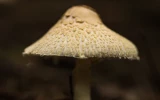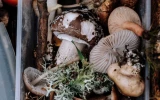Average Time of Mushroom Spores Colonization (Grain Spawn)
Mushroom spores offer a great way to grow your own mushrooms at home, but it can be hard to know when to expect the spores to colonize. Fortunately, understanding the average time of mushroom spore colonization can help make the process much easier. This article will provide an overview of the average time of mushroom spore colonization.
The average time for mushroom spores to colonize grain spawn can take anywhere from 7 to 21 days for the spores to fully colonize the grain spawn. It can vary depending on several factors, such as the type of mushroom, the temperature and humidity conditions, and the quality of the spores.
By knowing how long to expect the spores to take to colonize, you ensure that you end up with a successful batch of mushrooms. Below, you'll find the factors that affect the time for spores to colonize, as well as the methods for measuring the average time.
Summary
- It is essential to maintain optimal conditions during the colonization process to ensure healthy mycelium growth.
- Proper sterile techniques must be followed to prevent contamination during the colonization process.
- The quality of the spores used to inoculate the grain spawn can also affect the colonization time.

On this page:
How Long Does Mushroom Colonization Take?
Below is a list of average times it takes for some common mushroom species to colonize when grown using grain spawn:
1Oyster mushrooms (Pleurotus spp.) can take 10–14 days
Oyster mushrooms are known for their fast growth rate compared to other mushroom species. They can quickly colonize the grain spawn within a week or two under optimal growing conditions.
Oyster mushrooms can efficiently utilize the nutrients available in the grain spawn. They can break down complex carbohydrates and convert them into simpler sugars that the mycelium can use for growth.
Shiitake mushrooms (Lentinula edodes) can take 10–14 days
Shiitake mushrooms grow relatively fast compared to some other mushroom species, but their growth rate is slightly slower than oyster mushrooms.
Shiitake mushrooms require a specific set of nutrients to grow, including complex polysaccharides found in hardwoods. The grain spawn must be prepared with the right nutrients to support the growth of healthy mycelium.
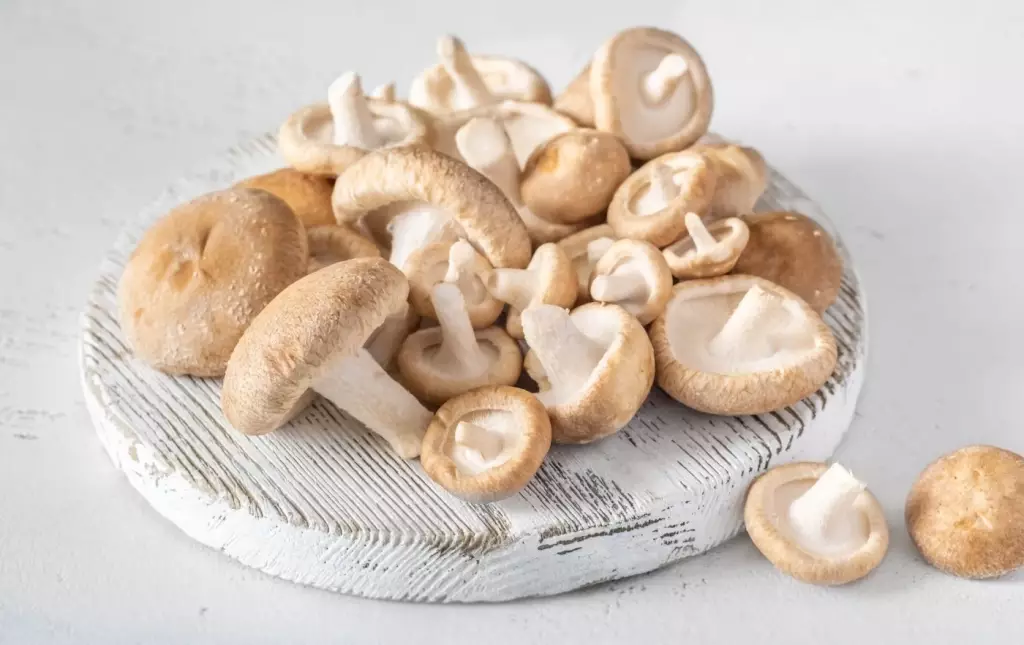
Button mushrooms (Agaricus bisporus) can take 14–21 days
Button mushrooms have a moderate growth rate compared to other mushroom species, and this can affect the colonization time. It may take longer for the mycelium to fully colonize the grain spawn. They require a specific set of nutrients to grow, including nitrogen, phosphorus, and potassium.
Lion's Mane (Hericium erinaceus) can take 14–21 days
Lion's mane mushrooms have a slower growth rate compared to some other mushroom species. They require a specific set of nutrients to grow, including complex polysaccharides found in hardwoods. It can grow best in a temperature range of 65–75°F (18–24°C) and high humidity levels of around 85–90%.
Reishi (Ganoderma lucidum) can take 21–28 days
Reishi mushrooms have a slow growth rate compared to many other mushroom species. It also requires specific nutrients to grow, including complex polysaccharides found in hardwoods. They can grow best in a temperature range of 68–77°F (20–25°C) and high humidity levels of around 85–95%.
Maitake (Grifola frondosa) can take 14–21 days
Maitake mushrooms have a relatively slow growth rate compared to some other mushroom species. It also requires specific nutrients to grow, including complex polysaccharides found in hardwoods. It can grow best in a temperature range of 65–75 °F (18–24 °C) and high humidity levels of around 85–95%.
Enoki (Flammulina velutipes) can take 10–14 days
Enoki mushrooms have a relatively fast growth rate compared to some other mushroom species. It requires specific nutrients to grow, including complex polysaccharides found in hardwoods. It can grow best in a temperature range of 50–65 °F (10–18 °C) and high humidity levels of around 85–95%.
King Oyster (Pleurotus eryngii) can take 14–21 days
King oyster mushrooms have a moderate growth rate compared to some other mushroom species. It also requires specific nutrients to grow, including complex polysaccharides found in hardwoods. It can also grow best in a temperature range of 65–75 °F (18–24 °C) and high humidity levels of around 85–95%.
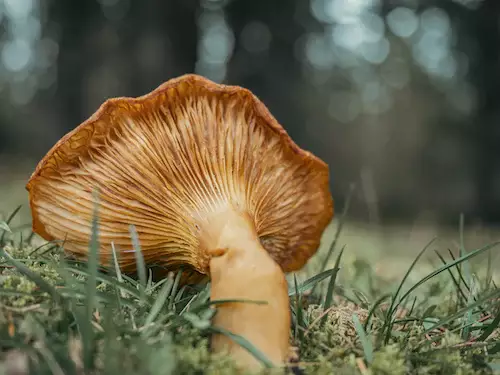
7 Factors Affecting Colonization Times of Mushroom Spores
Several factors can affect the colonization times of mushroom spores from grain spawn. Here are some of the key factors:
1. Different mushroom species have different growth rates and nutrient requirements
This means that the colonization time can vary depending on the species of mushroom being grown. For example, oyster mushrooms tend to colonize grain spawn faster than reishi mushrooms.
2. Nutrient availability can affect the colonization time
The quality of the grain used to create the spawn and the nutrient content of the substrate can affect the colonization time. Grain that is not properly sterilized or that lacks sufficient nutrients can slow down the growth of the mycelium.
3. The temperature at which the grain spawn is incubated can also affect the colonization time
Most mushroom species prefer a temperature range of 65–75 °F (18–24 °C). Higher temperatures can speed up colonization but also increase the risk of contamination, while lower temperatures can slow down the colonization time.
4. Humidity levels can contribute to the colonization time
High humidity levels are essential for mycelium growth, but excessive moisture can increase the risk of contamination. The ideal humidity range is generally between 85 and 95%.
5. Quality of spores can affect the colonization time
The quality of the spores used to inoculate the grain spawn can also affect the colonization time. High-quality spores with a high germination rate can colonize the grain spawn more quickly than low-quality spores.
6. Contamination may impact the colonization period
Contamination by bacteria, mold, or other fungi can also slow down or even prevent colonization. Proper sterilization techniques and careful handling of the spawn can help reduce the risk of contamination.
7. Spawn-to-substrate ratio can also affect the colonization time
The amount of spawn used for the substrate can also affect the colonization time. A higher spawn-to-substrate ratio can result in faster colonization, but it also increases the risk of contamination and can be more expensive.
Overall, by controlling these factors, growers can optimize the colonization time of mushroom spores from grain spawns and achieve successful mushroom cultivation.
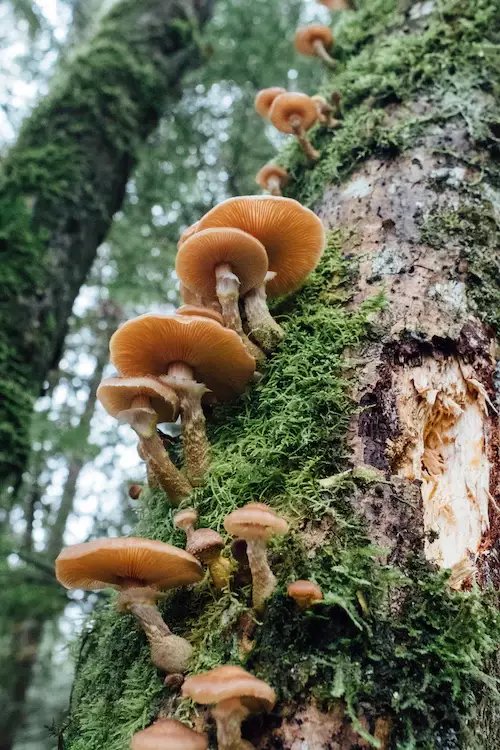
3 Methods for Measuring Average Time of Spore Colonization
Here are the different methods to measure the average time of mushroom spore colonization:
Taking samples and observing the mycelium growth visually
This is the most common method for measuring the average time of mushroom spore colonization, and here are the steps involved:
-
Inoculate the grain spawn with mushroom spores or mycelium culture.
-
Incubate the grain spawn at the optimal temperature and humidity conditions for the particular mushroom species being grown.
-
At regular intervals, take samples of the grain spawn and visually observe the colonization of the mycelium.
-
Record the start and end dates of the colonization process or the number of days it takes for the mycelium to grow to a certain percentage of the total surface area of the grain spawn.
-
Once the colonization time has been recorded for several samples, calculate the average time by taking the mean or median of the recorded times.
Using digital imaging analysis software
Using digital imaging analysis software is a more objective and precise method for measuring the growth of mycelium and determining the average time of mushroom spore colonization.
-
After inoculating and incubating the grain spawn, take high-resolution images of the grain spawn using a digital camera or microscope camera at regular intervals.
-
Import the images into digital imaging analysis software that is specifically designed for analyzing mycelium growth.
-
The software will analyze the images to determine the area of mycelium growth and calculate the growth rate.
Using quantitative PCR (qPCR) to measure the amount of DNA in the sample
Using qPCR provides an objective and quantitative measurement of mycelium growth, as the amount of DNA present in the sample directly correlates with the amount of mycelium growth.
After inoculating and incubating the grain spawn, extract DNA from the grain spawn using a DNA extraction kit at regular intervals. The extracted DNA will contain DNA from the mushroom spores or mycelium culture, as well as DNA from the mycelium that has grown.
Use a qPCR machine and specific primers that amplify a gene present in the mushroom spores or mycelium culture to quantify the amount of DNA present in the sample. This will indicate the amount of mycelium growth that has occurred.
